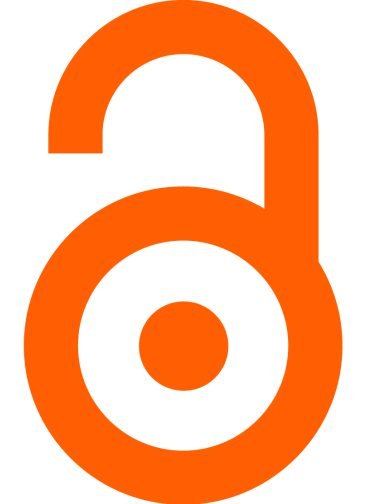Petroleum Science Q1
 Unclaimed
Unclaimed
Petroleum Science is a journal indexed in SJR in Energy Engineering and Power Technology and Fuel Technology with an H index of 61. It is an CC BY Journal with a Single blind Peer Review review system The scope of the journal is focused on Mineral Resources, Industrial Chemistry/Chemical Engineering, Industrial and Production Engineering, Energy Economics. It has an SJR impact factor of 1,219 and it has a best quartile of Q1. It is published in English. It has an SJR impact factor of 1,219.
Type: Journal
Type of Copyright: CC BY
Languages: English
Open Access Policy: Open Access
Type of publications:
Publication frecuency: -


0 €
Inmediate OANPD
Embargoed OA- €
Non OAMetrics
1,219
SJR Impact factor61
H Index306
Total Docs (Last Year)662
Total Docs (3 years)16749
Total Refs4336
Total Cites (3 years)661
Citable Docs (3 years)6.64
Cites/Doc (2 years)54.74
Ref/DocOther journals with similar parameters
Progress in Energy and Combustion Science Q1
ACS Energy Letters Q1
Energy Storage Materials Q1
IEEE Transactions on Power Systems Q1
Protection and Control of Modern Power Systems Q1
Compare this journals
Aims and Scope
Best articles by citations
Rheological properties of polymer micro-gel dispersions
View moreStudy of the properties of non-gas dielectric capacitors in porous media
View moreGeophysical methods for the study of sedimentary cycles
View morePaleoporosity and critical porosity in the accumulation period and their impacts on hydrocarbon accumulation - A case study of the middle Es3 member of the Paleogene formation in the Niuzhuang Sag, Dongying Depression, Southeastern Bohai Bay Basin, E
View morePetroleum geology features and research developments of hydrocarbon accumulation in deep petroliferous basins
View moreMicro-geological causes and macro-geological controlling factors of low-resistivity oil layers in the Puao Oilfield
View moreFault diagnosis for down-hole conditions of sucker rod pumping systems based on the FBH-SC method
View moreInversion of array induction logs and its application
View moreSynthesis of monodisperse crosslinked polystyrene microspheres
View moreExperimental study on core permittivity of Xinjiang oilfield
View moreDiagenesis and its effect on reservoir quality of Silurian sandstones, Tabei area, Tarim Basin, China
View moreForecasting volatility in oil prices with a class of nonlinear volatility models: smooth transition RBF and MLP neural networks augmented GARCH approach
View moreExperimental study and a proposed new approach for thermodynamic modeling of wax precipitation in crude oil using a PC-SAFT model
View moreModeling of flow of oil-in-water emulsions through porous media
View moreReservoir characteristics, formation mechanisms and petroleum exploration potential of volcanic rocks in China
View moreCharacteristic temperatures of waxy crude oils
View moreEffects of pH on rheological characteristics and stability of petroleum coke water slurry
View moreAn empirical analysis of the price discovery function of Shanghai fuel oil futures market
View moreLimitation of fault-sealing and its control on hydrocarbon accumulation - An example from the Laoyemiao Oilfield of the Nanpu Sag
View moreAutomatic estimation of traveltime parameters in VTI media using similarity-weighted clustering
View morePorosity prediction from seismic inversion of a similarity attribute based on a pseudo-forward equation (PFE): a case study from the North Sea Basin, Netherlands
View moreExperimental and modelling study of the solubility of CO2 in various CaCl2 solutions at different temperatures and pressures
View moreNumerical simulation of the blocking process of gelled particles in porous media with remaining polymers
View moreA rock physics model for the characterization of organic-rich shale from elastic properties
View more
Comments